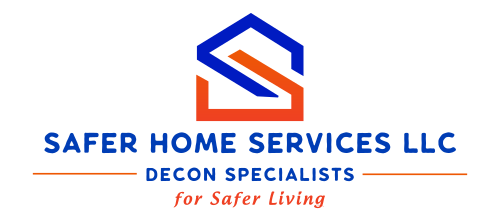Flooding can hit fast and hard, often leaving behind more than just visible water damage. Many homeowners focus on drying out the space and replacing ruined items, but the hidden costs of flood damage can linger long after the water recedes. At Safer Home Services LLC, we believe it’s important for property owners in New Jersey to understand the full impact of flood damage and why responding quickly makes a difference.
Structural Damage Below the Surface
Water getting into your house does more than just warp hardwood floors or soak carpets. Insulation, drywall, and even structural supports can be weakened by water. It can enter hidden areas behind walls, allowing damage to develop gradually and silently. Water can damage the foundation, subfloors, and framing if it remains for an extended period of time, requiring expensive repairs that aren’t always immediately obvious. Even though concrete is strong, over time, exposure to water can cause it to shift or crack. These structural problems may not be visible when they originate, but they may show up months or even years later, requiring unforeseen repairs that could cost thousands of dollars.
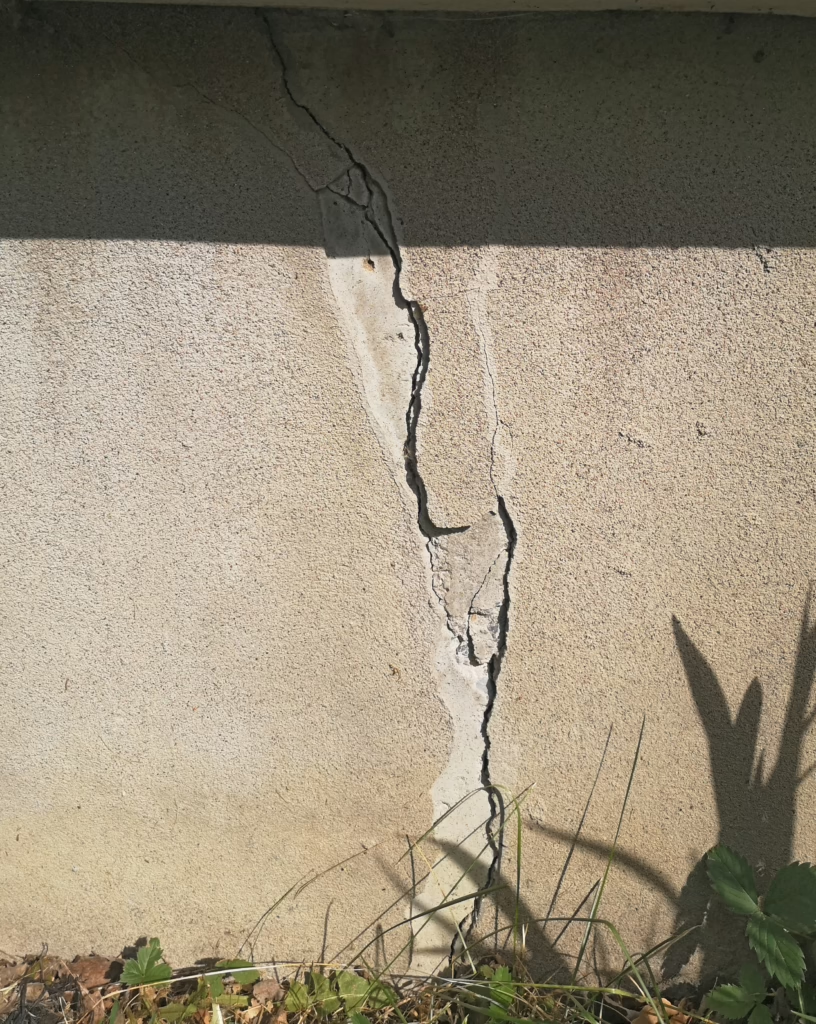
Wet wood can swell, rot, and eventually draw termites and carpenter ants, among other pests. The total value of your property can be considerably reduced if you ignore early warning signs of damage. experienced flooding or rain damage and are uncertain what belongings can be saved.
Electrical and HVAC Issues
Electricity and floodwaters are a dangerous combination. Moisture can seep into electrical panels, outlets, wiring, and connected appliances, even if the power is quickly turned off. When power is restored, corrosion can start almost instantly, weakening electrical components and increasing the chance of fires or short circuits.
During a flood, HVAC systems found in basements or lower floors are especially susceptible. Water can accumulate inside units, corrode internal parts, and harm circuit boards and thermostats. One of the biggest unanticipated expenses of flood damage may be replacing or repairing HVAC systems. If mold or mildew grows, even the ductwork may need to be replaced. This can have a detrimental effect on indoor air quality and put your family’s health at risk.
Mold Growth and Health Hazards
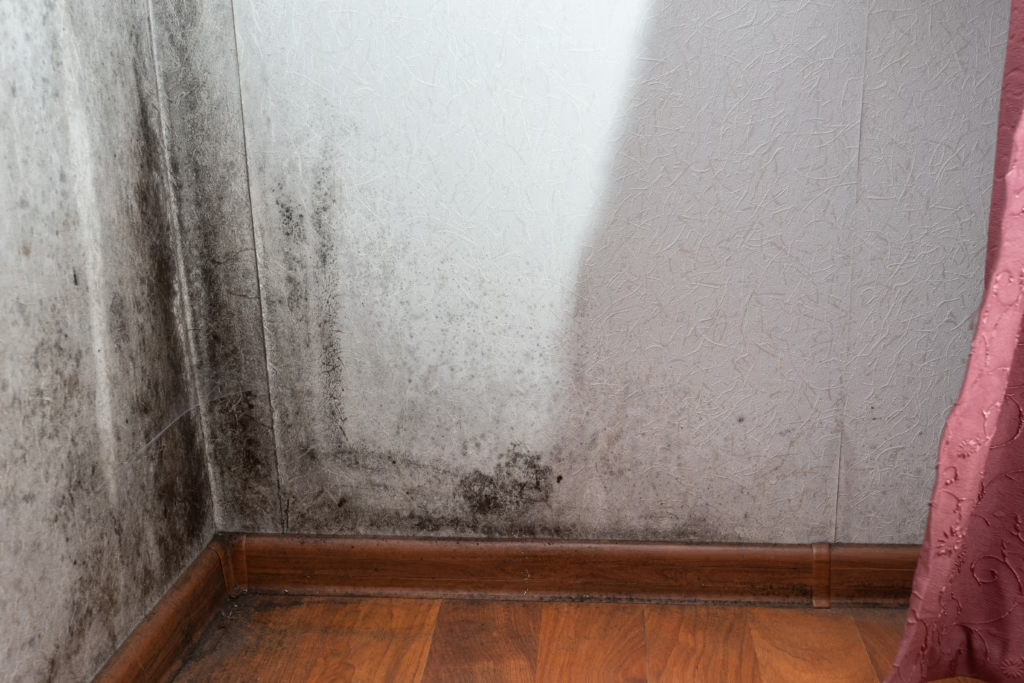
Mold is among the most prevalent and hazardous effects of flood damage. After being exposed to water for 24 to 48 hours, mold can start to grow. Because it prefers moist, dark settings, it can grow undetected in basements, under flooring, and behind walls. Mold can pose a major health risk in addition to being an annoyance. Mold spore exposure can cause respiratory issues, aggravate asthma, and cause allergic reactions, particularly in children, the elderly, and people with compromised immune systems. Chronic sinus infections and other health issues have also been connected to prolonged exposure.
Mold removal can get expensive very quickly. It frequently involves ripping out and reinstalling entire walls, insulation, or flooring sections. In more extreme situations, specialized filtration systems might be needed to eliminate airborne spores, and impacted areas may need to be sealed off during cleanup. The possibility that mold can be safely contained and removed increases with the speed at which you take action.
Damage to Personal Belongings
More than just buildings are frequently destroyed by flood damage. Important papers, electronics, furniture, and priceless sentimental objects can all be lost forever. Insurance may pay for a portion of replacement expenses, but it might not cover the entire cost or the emotional loss of family heirlooms, photos, or mementos.
Even if they seem to work initially, electronics exposed to water frequently completely malfunction. Delicate circuits are susceptible to corrosion, which can result in dangerous malfunctions or short circuits. Professional drying and restoration methods can save documents, books, and photographs, but only if they are handled promptly. When it comes to preventing irreparable damage to valuable possessions – every hour counts.
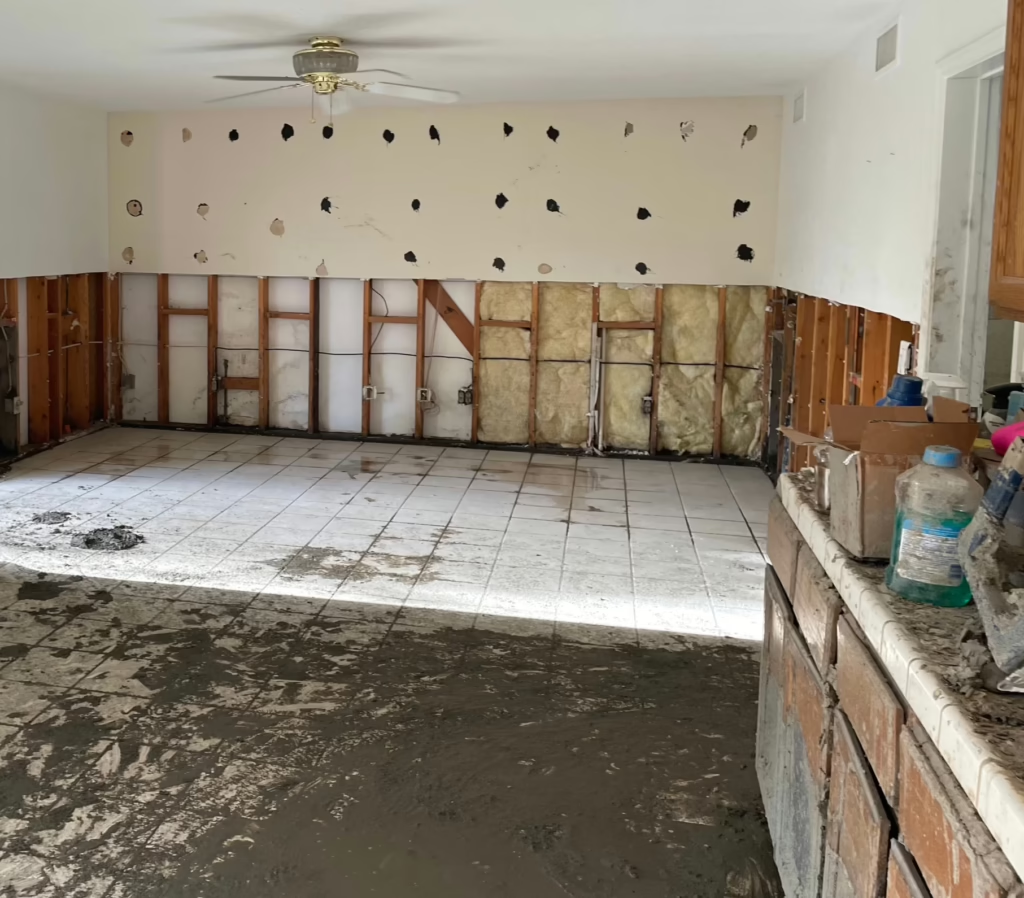
Increased Insurance Premiums
Insurance rates may go up if you file a flood damage claim, particularly if your property has been damaged by multiple events or is situated in a high-risk area. Insurers may eventually drastically increase your rates or even deny coverage for any further water-related damage.
Homeowners are occasionally shocked to discover that flood damage is completely uninsured by their standard policy. This frequently results in out-of-pocket expenses that could have been avoided with quicker documentation and response times. In addition to reducing your financial burden, proper restoration can increase the likelihood that future claims will be approved with little increase in interest rates.
Business Interruption and Lost Time
Flood damage can cause financial hardship for homeowners who own rental properties or operate a business out of their homes. Tenants leaving, missed appointments, or lost income can result from the time spent handling cleanup, repairs, and insurance claims.
Restoration delays increase the interruption to your schedule and make it more difficult to continue earning your regular income. Prompt, expert water remediation can minimize downtime and hasten property restoration. In cases like this, a prompt response isn’t just about the building; it’s also about protecting your revenue, avoiding tenant-related legal problems, and upholding your company’s reputation.
Community-Specific Concerns
Rapid action is even more important in neighborhoods like Cherry Hill, NJ because of aging infrastructure and basements that are vulnerable to flooding. Heavy rain and severe weather can overwhelm drainage systems, raising the possibility of groundwater intrusion and basement flooding. To avoid long-term effects, homes in these areas need prompt, expert attention.
If you’re dealing with flood damage in this region, Safer Home Services LLC offers professional flood damage repair in Cherry Hill, NJ tailored to local homes and building codes. We understand the regional risks and design solutions that work for New Jersey homes. Each property has unique needs, but the clock starts ticking the moment water enters your space. A proactive response helps minimize long-term consequences and makes your home safer and more resilient in future storms.
Why Speed Matters
The most crucial period following a flood is the first 24 to 48 hours. Quick action can:
- Stop the growth and spread of mold
- Minimize electrical and structural damage
- Prevent corrosion and malfunctions in HVAC systems
- Prevent irreparable damage to personal property
- Reduce overall expenses for repair and cleanup
If action is delayed, moisture can penetrate deeper into materials, causing damage that is more costly and difficult to repair. The restoration process gets more involved and expensive the longer you wait. Your best line of defense against flood damage’s hidden dangers is quick action.
Professional Water Removal Services
Fans and dehumidifiers can help with some small water problems, but most floods need to be handled by professionals. When the water in your home is properly extracted, dried, and cleaned, future damage is avoided and it becomes safe once more. Water that is trapped inside structural cavities, beneath flooring, or behind walls cannot be reached by store-bought equipment and DIY methods.
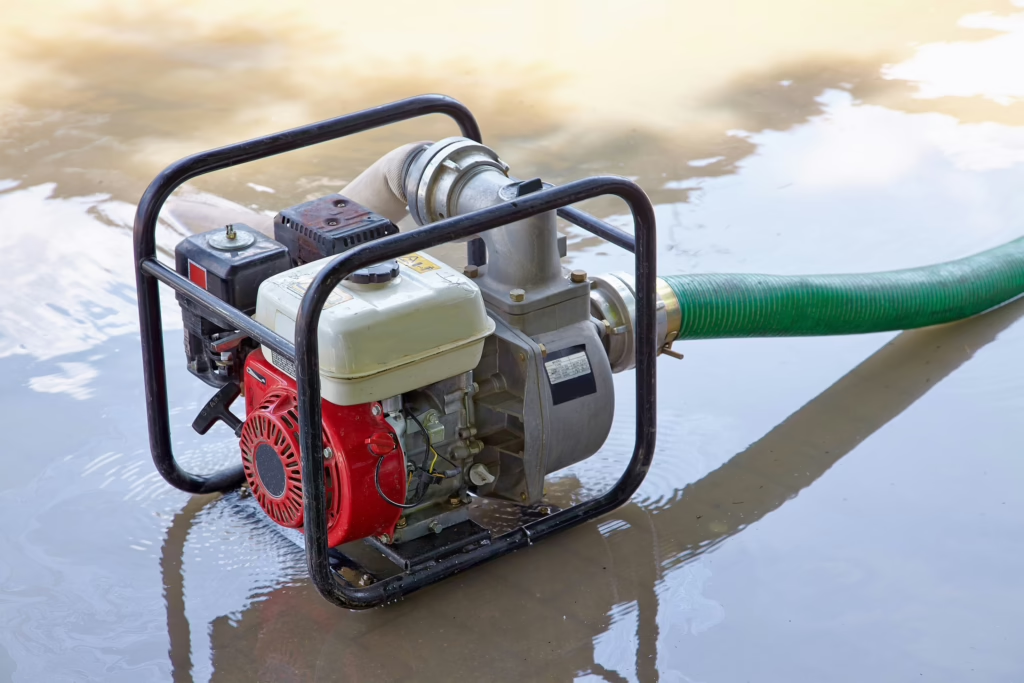
If you’re located in the Voorhees area, our team provides prompt and reliable water removal in Voorhees to help homeowners get back on track quickly. The goal of our rapid-response services is to minimize damage, reduce expenses, and return your life to normal as soon as possible.
We offer a wide range of services, such as mold prevention, structural drying, sanitization, and moisture detection. We are available for emergencies 24/7. We make sure no hidden damage is left behind by using infrared cameras, industrial-grade equipment , and skilled technicians. A comprehensive restoration plan tailored to your property will be provided, and you’ll have the assurance that the work is done correctly.
Cost-Saving Benefits of Fast Flood Response
Although it might seem like an extra cost, investing in quick remediation frequently results in long-term cost savings. Here’s how:
- Prevents mold from growing throughout the house and restricts repairs to smaller, more confined areas.
- Preserves electronics, flooring, furniture, and mementos.
- Keeps insurance costs down by reducing the number of serious claims.
- Lowers the possibility of expensive secondary damage from concealed moisture.
Additionally, prompt action reduces emotional strain, tenant discontent, and business disruption. Beyond just saving money, taking prompt action is important for safeguarding your family and home from unwarranted challenges.
Preventive Steps for the Future
Floods are unavoidable, but there are things you can do to lessen their effects and prepare your house. In order to significantly lessen the amount of damage that would result from water entering your property, proactive maintenance and careful planning are essential components of flood preparedness.
- Install Backflow Valves and Sump Pumps: During periods of intense rain or flooding, sump pumps assist in removing water that builds up in your crawl space or basement. Your sump pump system will be more secure during power outages if you add a battery backup. On the other hand, backflow valves stop tainted water from backing up through drains and into your house. These mechanical devices can drastically lower your risk of flooding and are easily installed by our knowledgeable technicians.
- Clear Leaves and Debris from Gutters and Downspouts: Water pooling close to a home’s foundation is frequently caused by clogged gutters. At least twice a year, especially in the fall and spring, make it a habit to check and clean your gutters. To avoid foundation erosion and basement leaks, make sure downspouts divert water at least six feet from the foundation.
- Elevate Critical Electrical and Appliance Systems: Place water heaters, air conditioners, washers, and dryers on concrete or metal platforms to raise them off the basement floor. Additionally, whenever feasible, move wiring, circuit breakers, and outlets to higher floors, particularly in homes that are vulnerable to flooding. Following a flood, these actions lower repair costs and safeguard critical systems.
- Seal Foundation Cracks, Basement walls, and Floors: Apply waterproof sealants or membranes to walls and floors where water intrusion is likely to occur. Check for tiny cracks or openings in your foundation that could allow water to seep in and have them professionally sealed. Purchasing a complete basement waterproofing system can offer long-term protection for houses located in flood zones.
- Examine Your Drainage, Plumbing, and Roof on a Regular Basis: During storms, a leaky roof can quickly cause water to enter the house. Check for wear on the gutters, flashing, and shingles. Similarly, interior flooding may result from unexpected plumbing failures caused by aging or malfunctioning systems. Verify that your drainage system, which may include exterior grading or French drains, is operating effectively to remove water from the house.
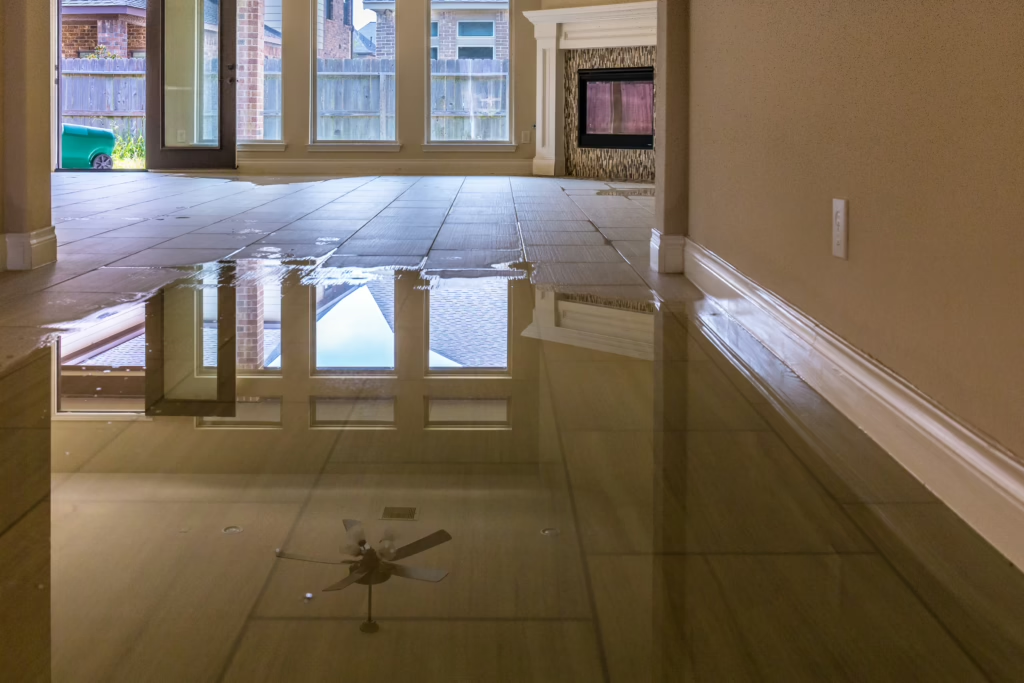
How well your house fares during a flood depends greatly on preventive maintenance combined with a well-thought-out emergency plan. Prepare a flood emergency kit that includes a wet/dry vacuum, a sump pump that runs on batteries, and the contact details of a qualified cleanup crew. Less damage, a quicker recovery, and lower long-term expenses can result from preparation now.
Call Safer Home Services LLC Today
Although flood damage can be debilitating, you don’t have to deal with it alone. The goal of Safer Home Services LLC is to safeguard your house, your well-being, and your tranquility. Our professionals take care of everything from structural drying and mold prevention, to inspection and water removal.
Our skilled staff is prepared to assist you with cleanup and prevention or with an unexpected emergency. For professional flood damage repair and water remediation services, get in touch with Safer Home Services LLC. To arrange a quick inspection and restore your home or office to a safe, dry space, give us a call right now or fill out our contact form to email us directly!
